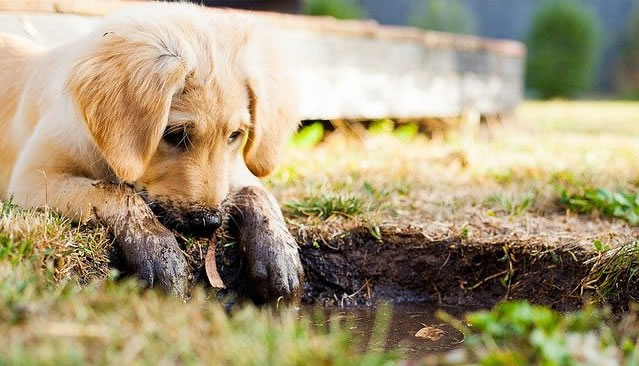先日から「The hidden history behind our pets’ most revolting habits -「ペットの不快な習性に隠された歴史」を読んでいます。

・「ペットの不快な習性に隠された歴史」(1)
・「ペットの不快な習性に隠された歴史」(2)
・「ペットの不快な習性に隠された歴史」(3)
Where did companion animals – whose behaviour is often so carefully aligned with human preferences that dogs have evolved a dedicated muscle in their eyes to make them cuter, and cats have learned to interpret our facial movements
人間の好みに合わせて行動することが多いペットたち、犬は自分をより可愛く見せることに特化した目の筋肉を進化させ、猫は人間の表情を解釈することを学んだ、
- get those habits that are annoying, disturbing, or just plain revolting?
そんな彼らは私たちが迷惑、邪魔、あるいは単に不快に感じる習慣を一体どこで身につけたのだろう?
And how can we learn to live with them?
そして、私たちはそれらとどう共存すればいいのだろう?
To trace the origins of any particular behaviour, there are two important factors to consider
この特定の行動の起源をたどるにあたり、2つの重要な要素がある
- the wild animal your pet evolved from, and its history of living with humans.
それはペットとして進化を遂げた野生動物と、人間との生活の歴史だ。
Jumping up
飛び跳ねThe closest living relative of dogs (Canis familiaris) is the grey wolf (Canis lupus), which is native to Eurasia and North America.
犬(イヌ属イヌ)の最も近い現存する親戚は、ユーラシア大陸と北アメリカに生息するハイイロオオカミである。
However, it’s thought that dogs are not their direct descendants
しかし犬はオオカミの直系の子孫ではないと考えられており
- one genetic analysis revealed that modern dogs are equally closely related to wolf populations from several different parts of the world, suggesting that they all evolved from a common ancestor instead.
ある遺伝子解析によれば、現代の犬は世界各地のオオカミたちと均等に近縁であり、彼らには共通の祖先がいると思われる。
犬の瞳がウルウルと可愛いのは、彼らがそうなるべく頑張った結果だったんですね。
狙い通りまんまとやられています(笑)。
それに猫は人間の表情を理解する?
まあ確かに空気読んでる感じはある気がしますが、個体によって大分違うかも(笑)。
どっしりマイペースで、お構いなしも居ます(笑)。
理由は単純明快!「少ないコストでしっかり楽しく学べるから」。
私自身の経験(高機能でビックリ)をびっしり書いていますので、良かったら読んでみてください。
下のバナーからどうぞ!






